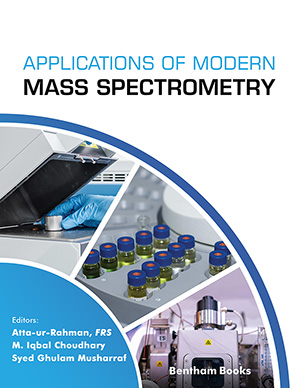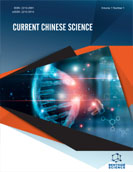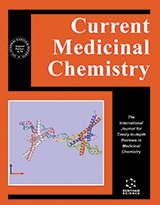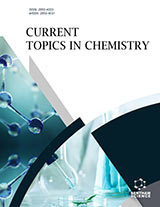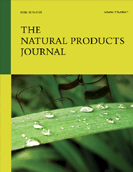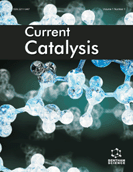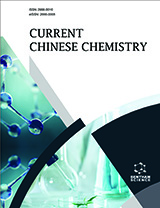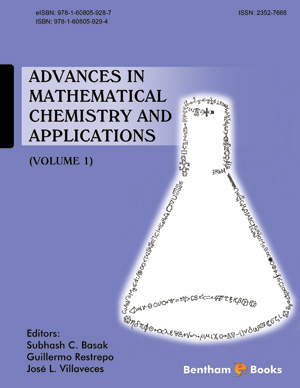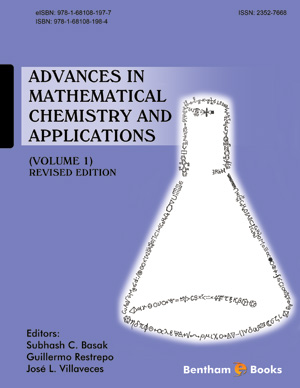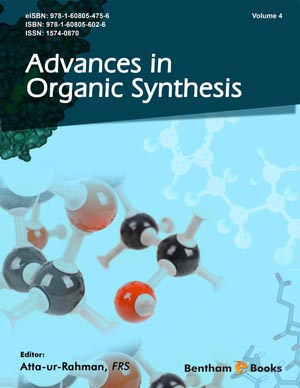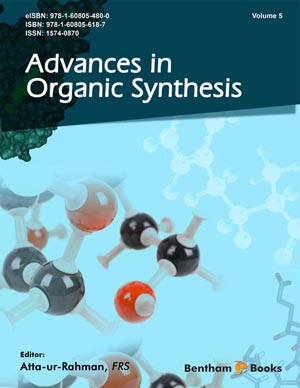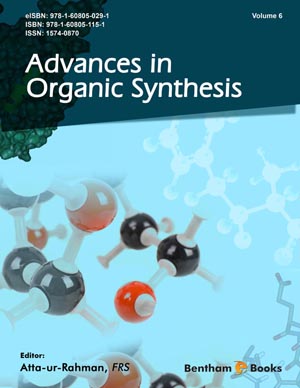Book Volume 2
Ion Mobility-Mass Spectrometry for Macromolecule Analysis
Page: 1-35 (35)
Author: Mehmet Atakay, Hacı Mehmet Kayılı, Ülkü Güler and Bekir Salih*
DOI: 10.2174/9789815050059122020001
PDF Price: $30
Abstract
Poisonous Substances in Tropical Medicinal and Edible Plants: Traditional Uses, Toxicology, and Characterization by Hyphenated Mass Spectrometry Techniques
Page: 1-37 (37)
Author: Amanda E. de Athayde, Monalisa A. Moreira, Gabriella B. Souza, Tiago Tizziani, Maique W. Biavatti and Louis P. Sandjo*
DOI: 10.2174/9789815050059122020002
PDF Price: $30
Abstract
LC-MS Analysis of Endogenous Neuropeptides from Tissues of Central Nervous System: An Overview
Page: 1-61 (61)
Author: Neva Alasağ* and Erol Şener
DOI: 10.2174/9789815050059122020003
PDF Price: $30
Abstract
Recent Advancements in the Detection of Organic Contaminants in Wastewater Using Advanced Mass Spectrometry
Page: 1-54 (54)
Author: Senuri Kumarage, Laksiri Weerasinghe and Imalka Munaweera*
DOI: 10.2174/9789815050059122020004
PDF Price: $30
Abstract
With the increase of industrialization and urbanization, pollution of clean
water has become a critical issue in the contemporary world. Despite organic pollutants
such as pharmaceuticals, pesticides, industrial chemicals, poly- and per-fluoroalkyl
substances (PFASs) and hormones, contaminants originating from the industrial
effluents, urban run-offs, agricultural run-offs and domestic sewage have become a
greater threat to the aquatic eco-systems. The availability of some of these highly
potent contaminants at low concentrations and the simultaneous analysis of multiple
samples have been identified as the major concerns in current analytical methods in
water pollution analysis. In this regard, modern mass spectrometric methods have
emerged as suitable techniques for the analysis of smallest concentrations even at a
level of nanograms or femtograms while allowing the detection of hundreds of analytes
in a single analysis within a short duration of time.
Recently, combinational mass spectrometric analysis has become the state of the art in
several qualitative and quantitative analyses of organic pollutants in water. The
sensitivity of the detection has been enhanced by coupling with various sample
extraction methods, chromatographic techniques and different mass analyzers in mass
spectrometry. Utilization of modern sample extraction methods coupled with mass
analyzers has facilitated the accuracy of the detection of organic pollutants in water
samples. Sample extraction methods involve sophisticated solid-phase extraction,
solid-phase microextraction, and liquid-liquid extraction methods, whereas mass
analyzers include time-of-flight, orbitrap, ion-trap and triple quadrupole, etc. The
hallmark of these hyphenated techniques is the ability of allowing the screening of
targeted analytes, non-targeted analytes and suspect analytes without the need of
authentic standards. This chapter will focus on the recent advancement of mass
spectrometry in qualitative and quantitative analysis of several organic contaminants in
wastewater samples.


